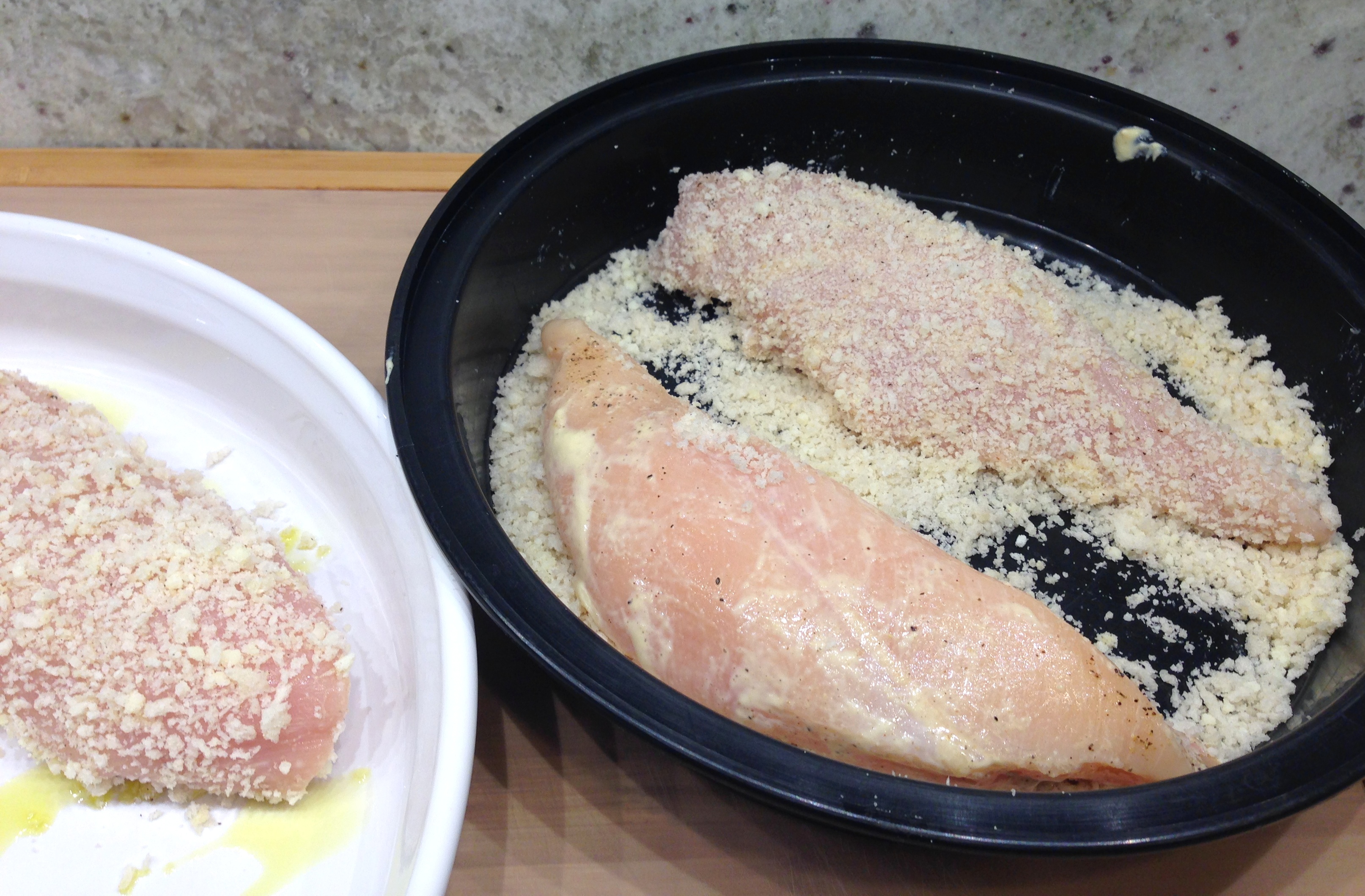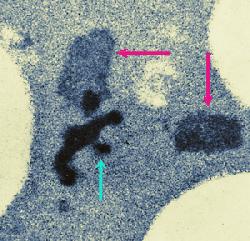

The cream can be either supplied by a fluid milk dairy or separated from whole milk by the butter manufacturer. The continuous buttermaker has become the most common type of equipment used. The buttermaking process involves quite a number of stages. The consistency should be smooth so that the butter is easy to spread and melts readily on the tongue. The water content should be dispersed in fine droplets so that the butter looks dry. Butter also contains fat-soluble vitamins A, D and E.īutter should have a uniform colour, be dense and taste clean. The principal constituents of a normal salted butter are fat (80 – 82%), water (15.6 – 17.6%), salt (about 1.2%) as well as protein, calcium and phosphorous (about 1.2%). ButterĪ water-in-oil emulsion, comprised of >80% milkfat, but also containing water in the form of tiny droplets, perhaps some milk solids-not-fat, with or without salt (sweet butter) texture is a result of working/kneading during processing at appropriate temperatures, to establish fat crystalline network that results in desired smoothness (compare butter with melted and recrystallized butter) used as a spread, a cooking fat, or a baking ingredient. Synonymous with anhydrous milkfat (conventional terminology in the fats and oils field differentiates an oil from a fat based on whether it is liquid at room temp. The commercially- prepared extraction of cow’s milkfat, found in bulk or concentrated form (comprised of 100% fat, but not necessarily all of the lipid components of milk). ButterfatĪlmost synonymous with milkfat all of the fat components in milk that are separable by churning. The lipid components of milk, as produced by the cow, and found in commercial milk and milk-derived products, mostly comprised of triglyceride. The commercial cream separator was introduced at the end of the 19th century, the continuous churn had been commercialized by the middle of the 20th century. Today’s commercial buttermaking is a product of the knowledge and experience gained over the years in such matters as hygiene, bacterial acidifying and heat treatment, as well as the rapid technical development that has led to the advanced machinery now used.

The natural souring process is, however, a very sensitive one and infection by foreign micro-organisms often spoiled the result. Buttermaking was done by hand in butter churns. The cream was then skimmed from the top of the milk and poured into a wooden tub. Well into the 19th century butter was still made from cream that had been allowed to stand and sour naturally. However, it can also be made from acidulated or bacteriologically soured cream and saltless (sweet) butters are also available. It is usually made from sweet cream and is salted. Butter is essentially the fat of the milk.


 0 kommentar(er)
0 kommentar(er)
